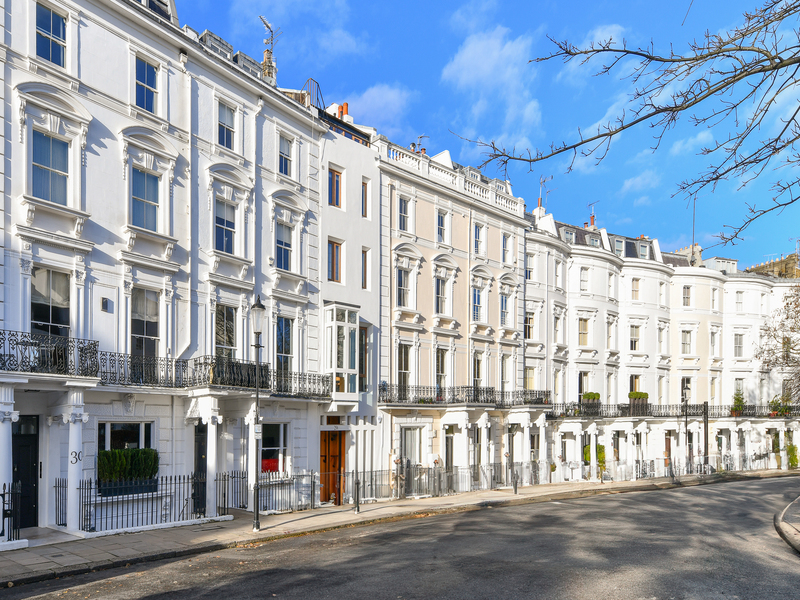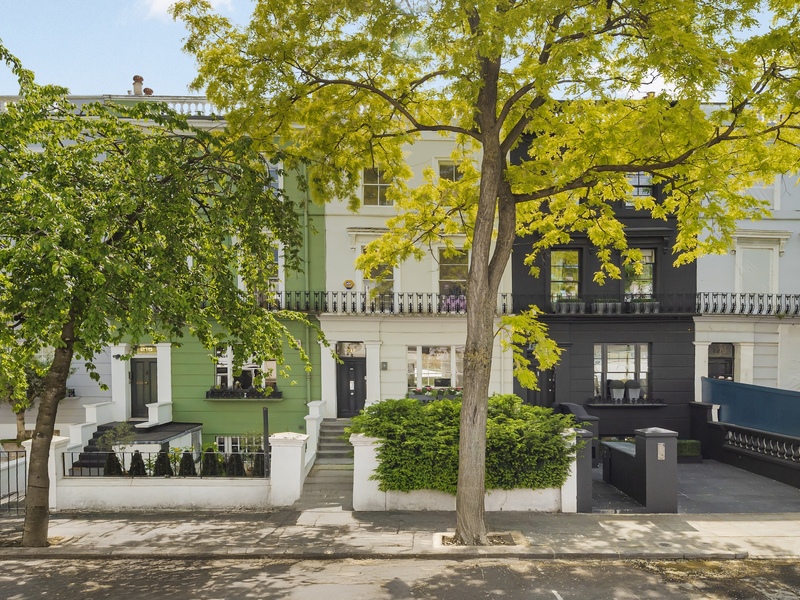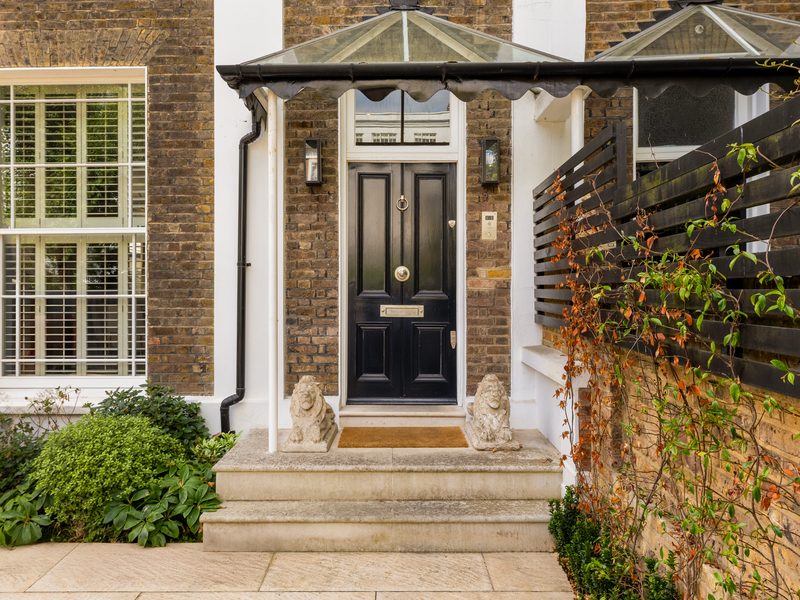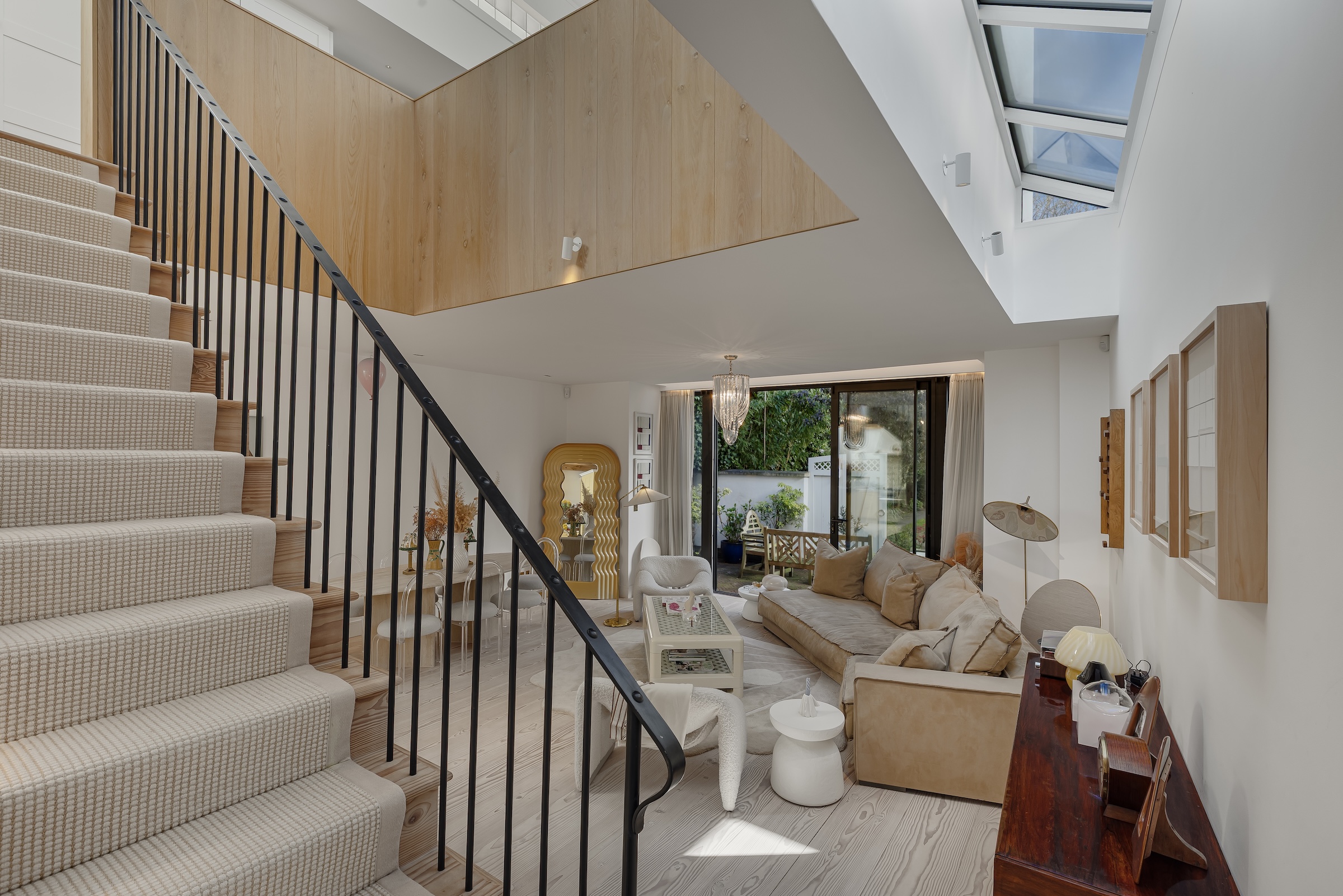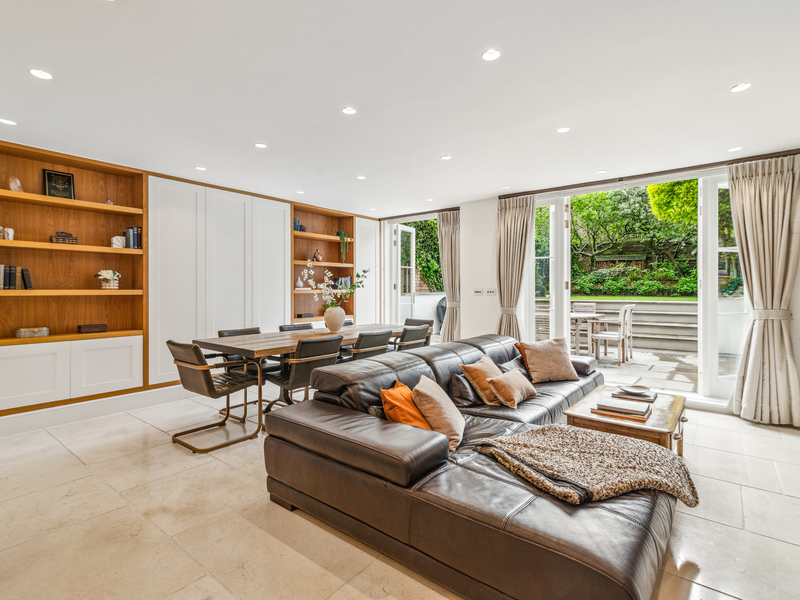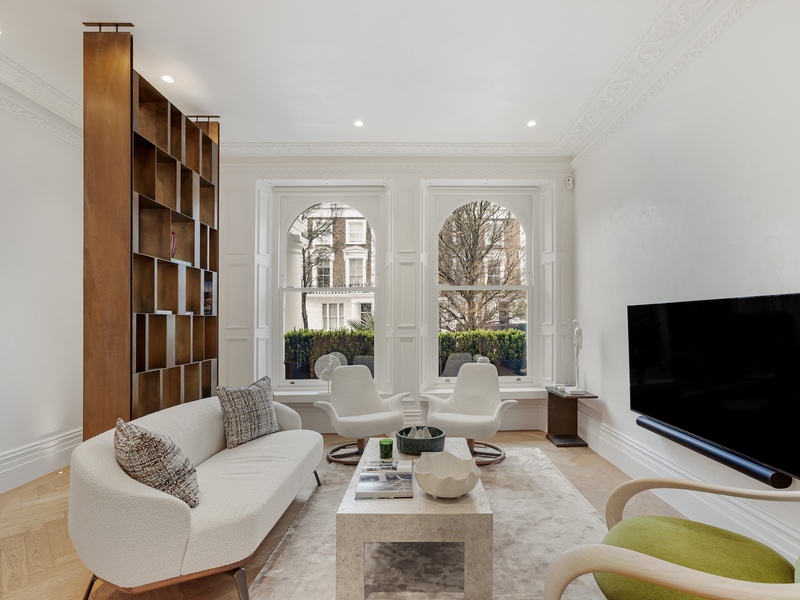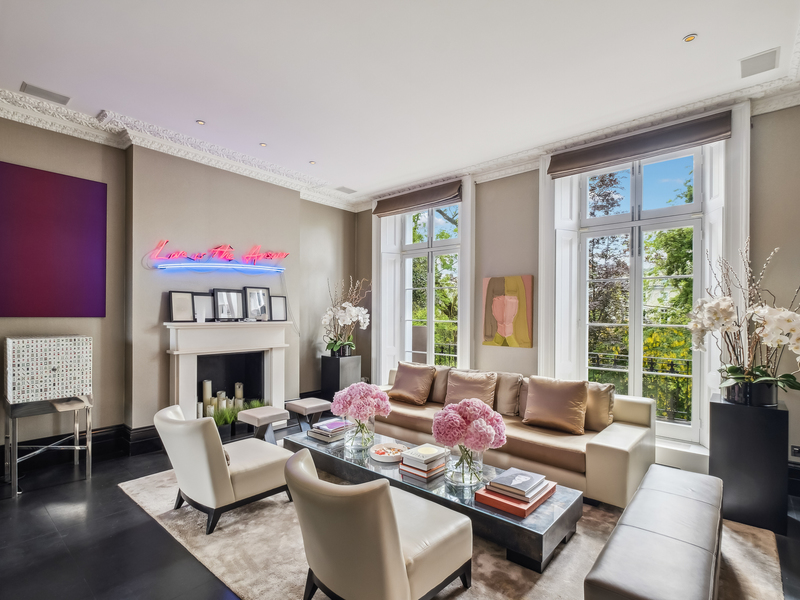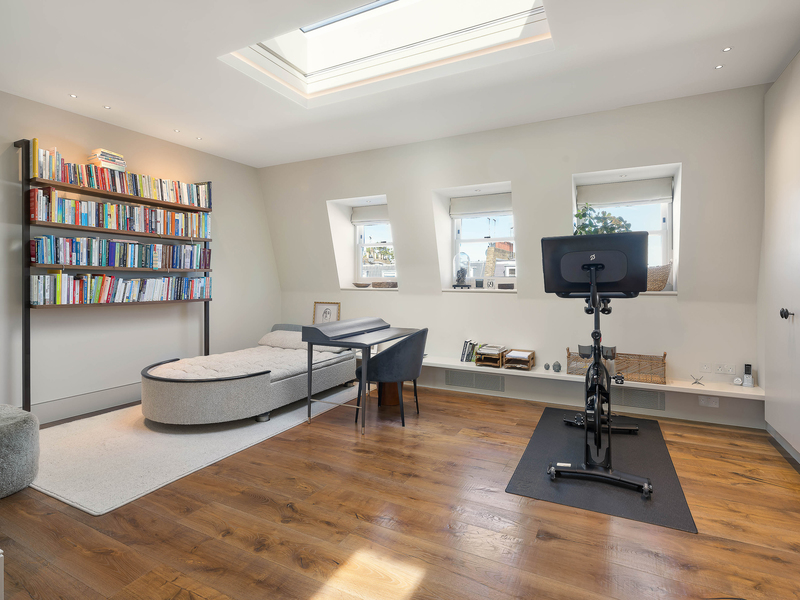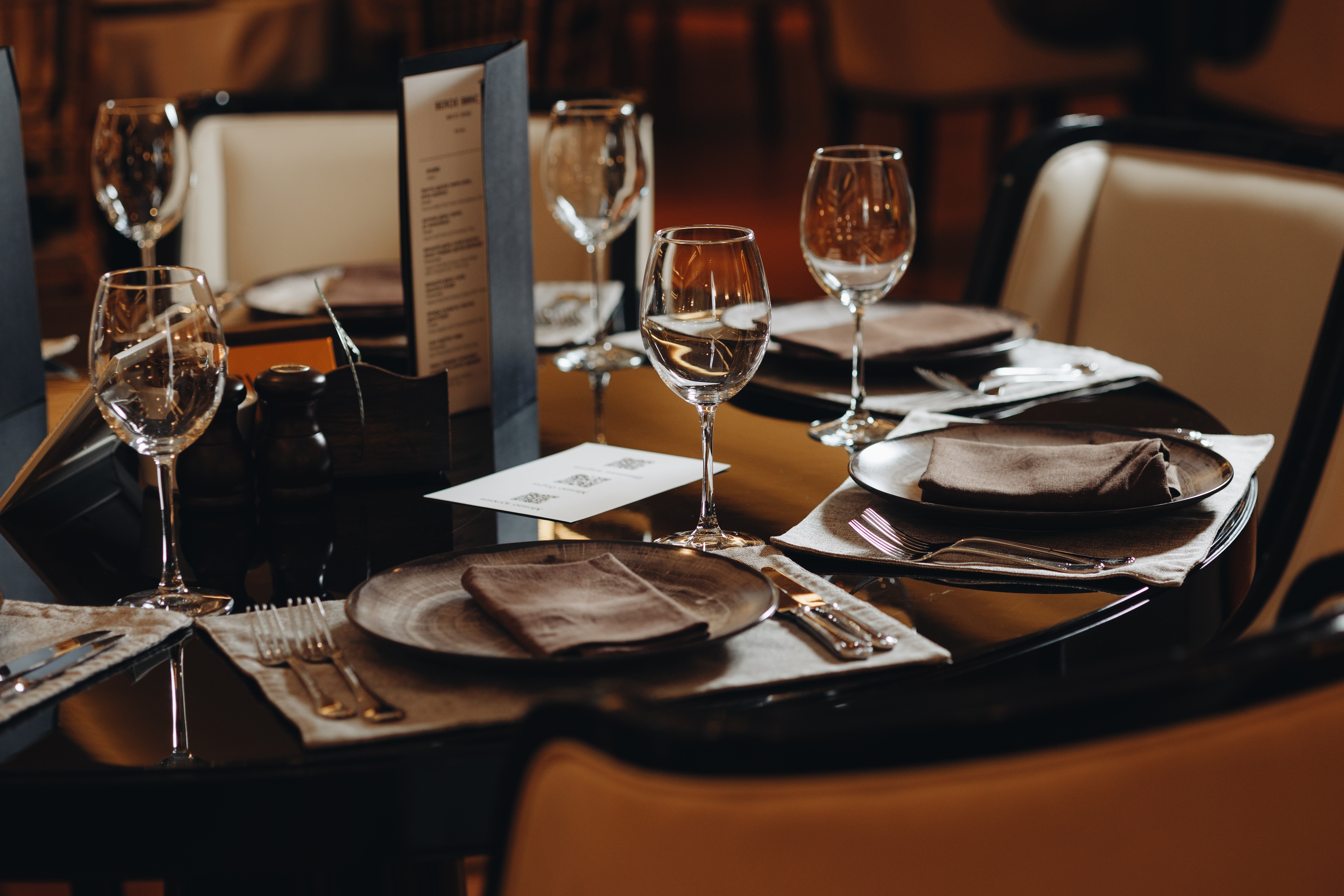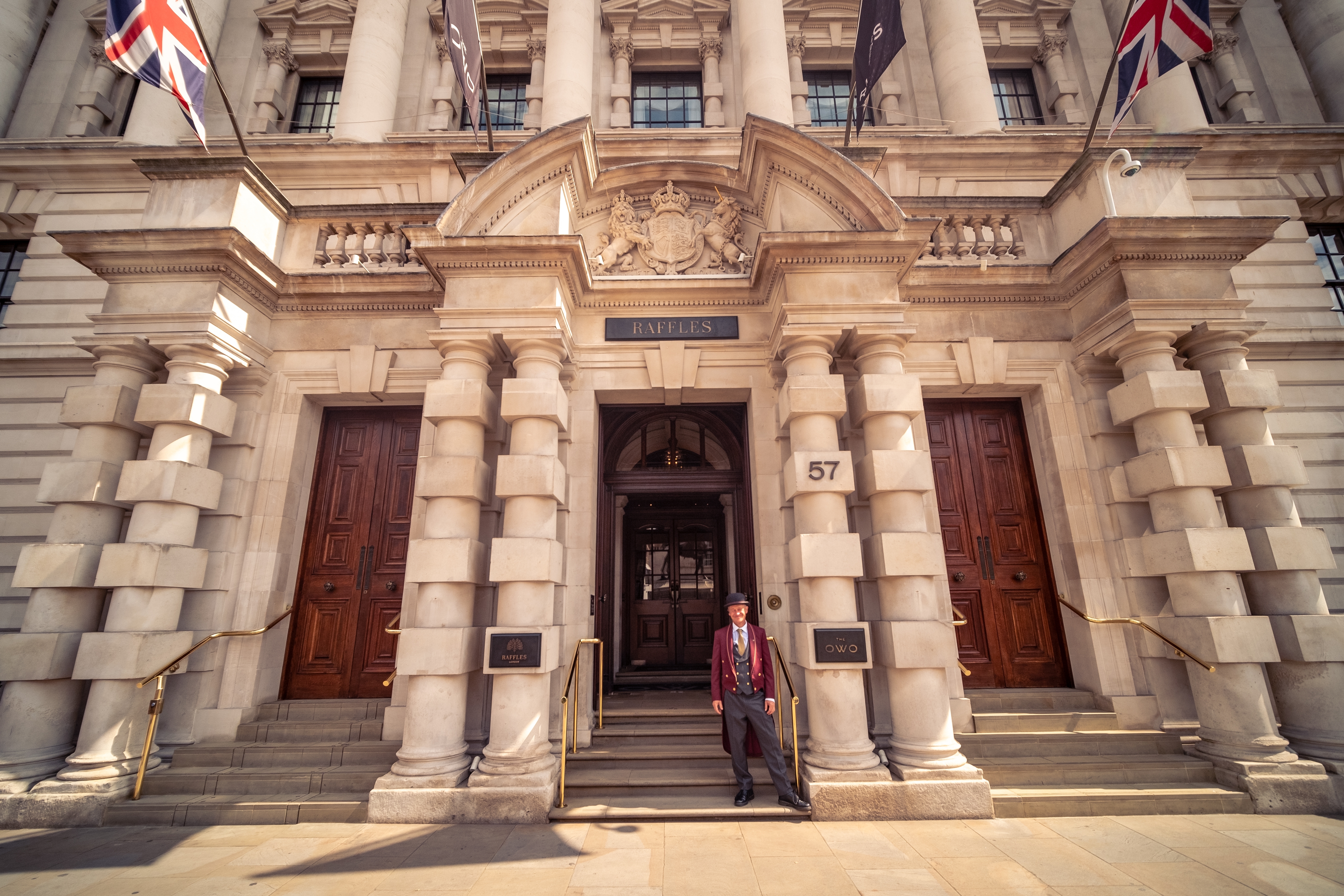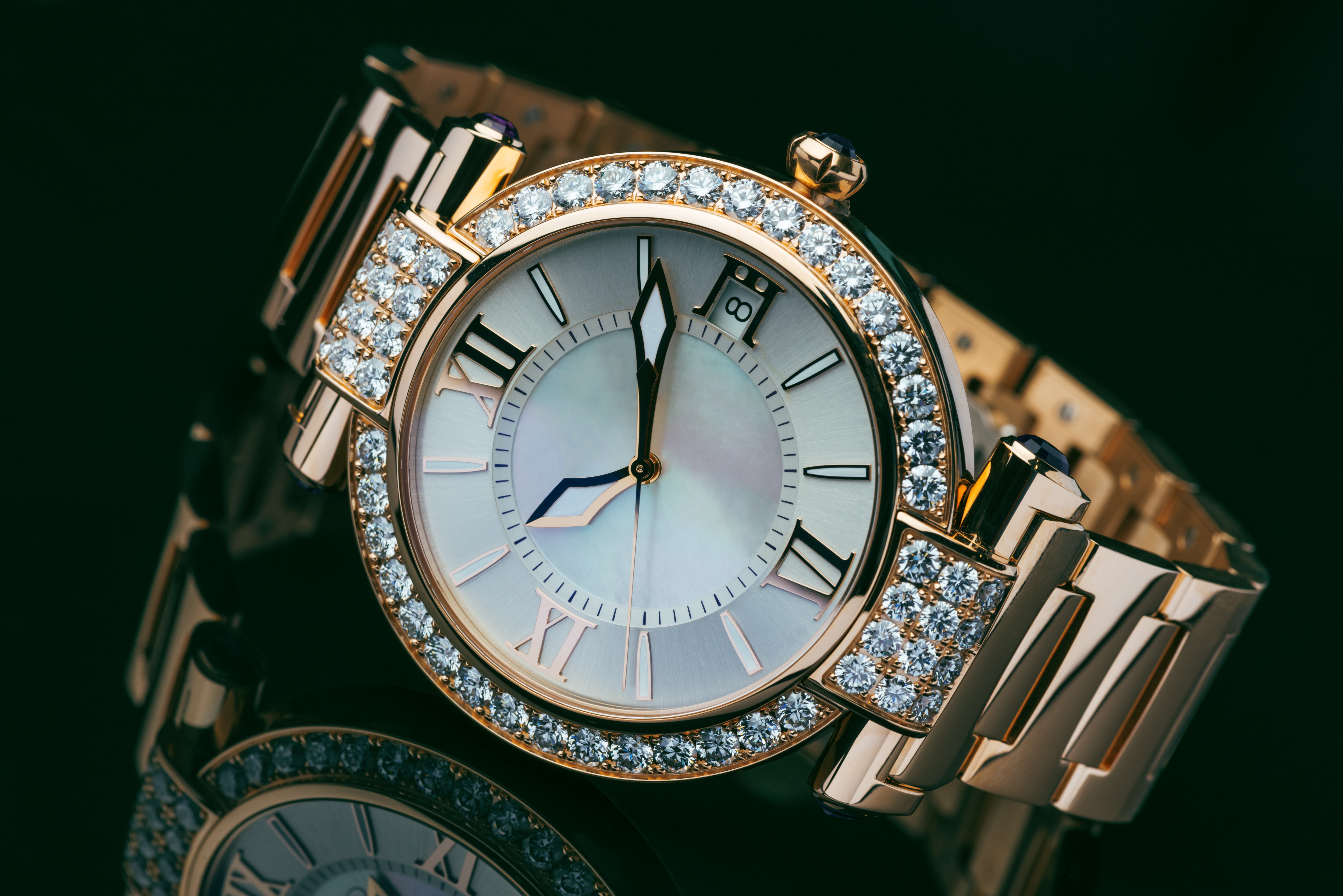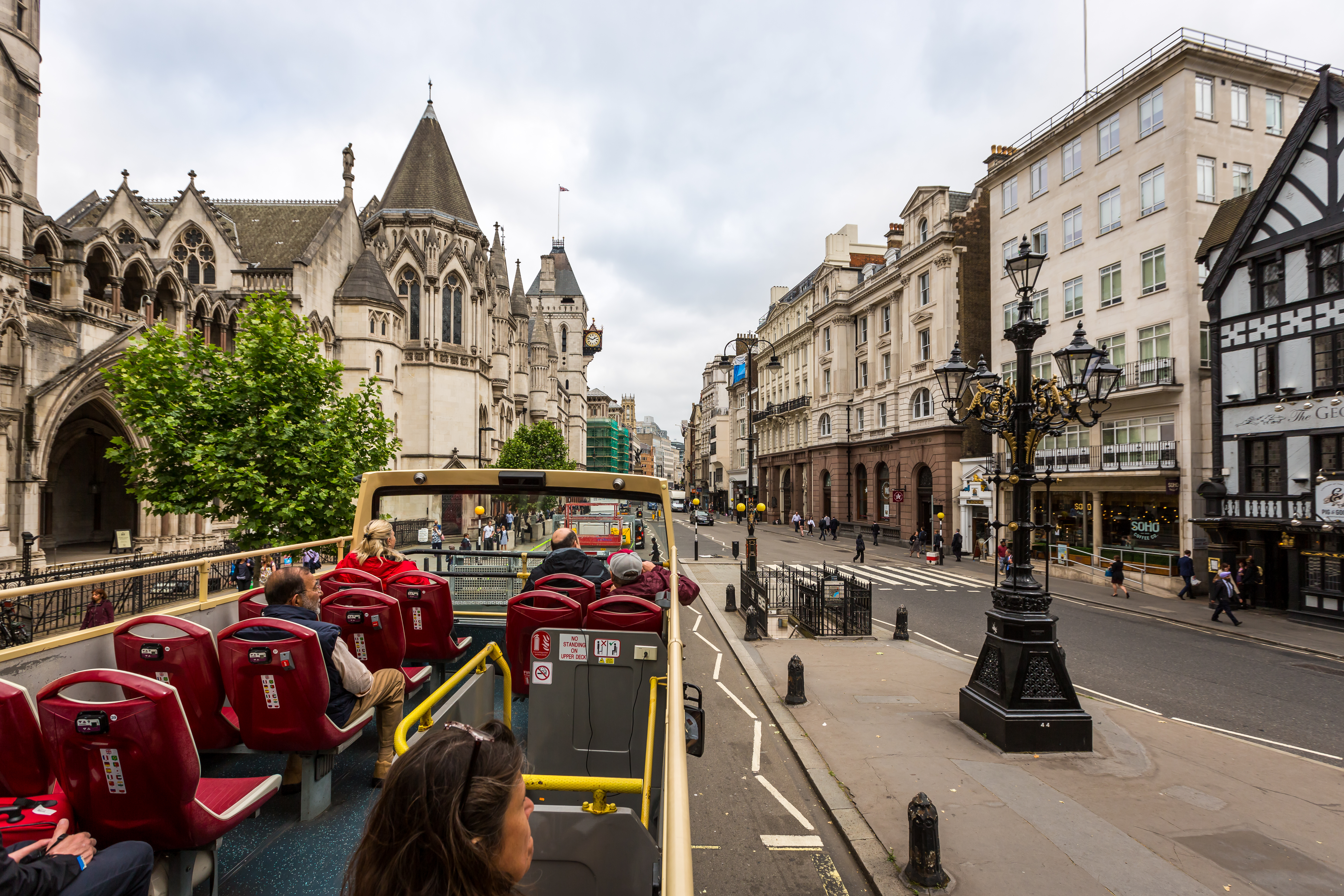Notting Hill’s Colourful Houses
Thanks to Roger Mitchell’s 1999 romantic comedy, Notting Hill, the West London suburb’s iconic painted houses are known across the world. Famous too for the trendy Portobello Road Market and the vibrant Notting Hill Carnival, the area started life as a rural hamlet in Middlesex and was incorporated into the city of London only in the latter part of the nineteenth century. The neighbourhood as it looks now was originally developed by the Ladbroke family, who owned a lot of the land around Notting Hill. Ladbroke planned for houses set around large communal garden spaces. Ladbroke’s houses were spacious and mostly attracted the upper middle classes to the area, as they could live in the style of the ultra-wealthy in Belgravia and Mayfair for much lower prices.
During and after the Second World War, many of the houses were divided into flats, and in the post-war period the once reputable neighbourhood fell into disrepair and disrepute. However, much of Notting Hill’s reputation for being a vibrant, bohemian, and multicultural place was built between the 1950s and the 1980s, with an influx of African Caribbean, Indian, Arab, and South American immigrants moving to the area. Nowadays, the neighbourhood has a reputation for luxury, with many of the houses occupied by single families. However, its bohemian charm lives on in the carnival and, of course, in the brightly painted frontages lining its streets. Below is a guide for those visiting to find the best of these beautiful houses on some of the most photographed streets in the world.

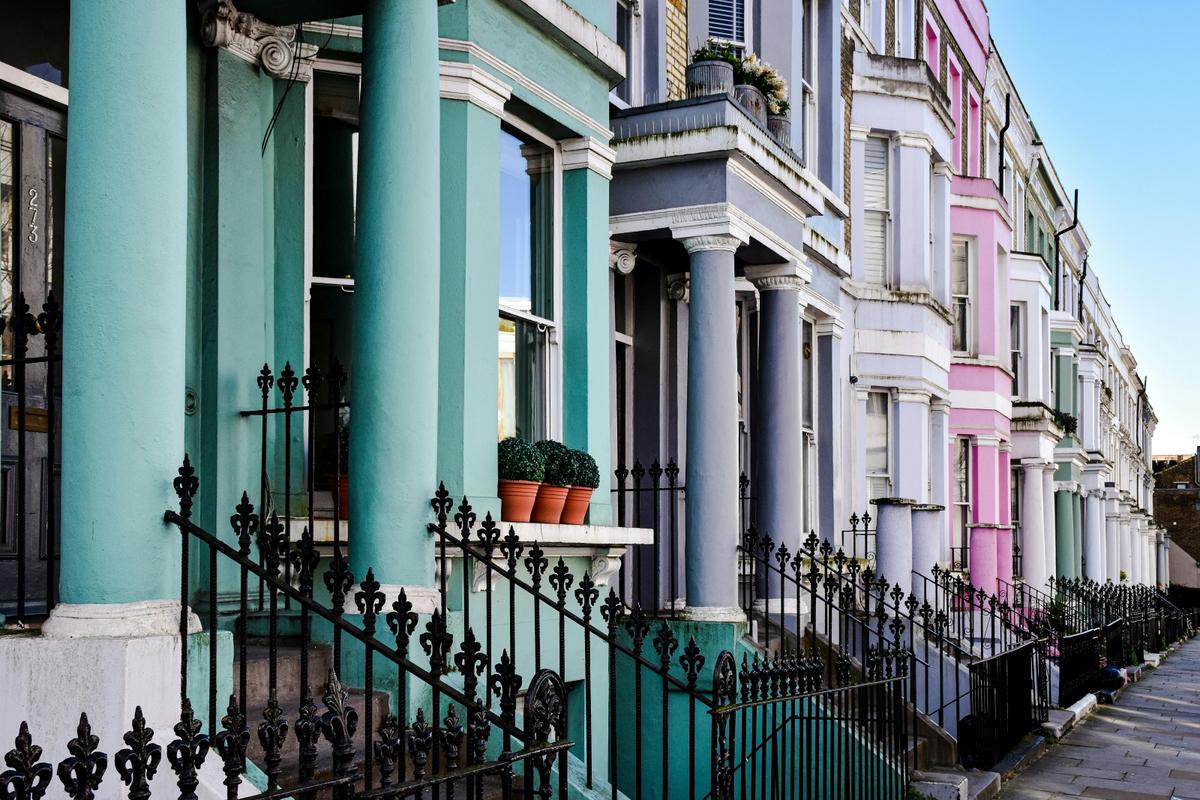
Portobello Road
If you are going to photograph the houses, try to avoid Fridays and Saturdays, which function as the main days for the full market experience.
Even without the trading area, Portobello Road is well-stocked with independent shops and cafés that provide excellent resting points on your sightseeing journey. The famous street is also the perfect place to rent accommodation, so you can experience Notting Hill in all its glory. The road itself has plenty of great things to see, but you would be remiss to neglect the area’s side streets and mews, which are replete with more hidden gems.
Lancaster Road
Incredibly popular with the Instagram generation, the section of Lancaster Road intersecting with Portobello Road features deep purples and blues, while the other side of the street returns to the softer colour schemes found in other parts of Notting Hill. Look out for traffic while building-watching, as this street can be quite busy.
St. Lukes Mews
For fans of romantic comedies, this charming mews features in the 2003 film, Love Actually! A side street usually made up of houses that were previously stables for horses and coaches, mews homes are some of the most popular in the area. They are quiet and private compared to other parts of a busy city like London, and as such, they are extremely sought-after.
Also a popular location for social media enthusiasts, St. Lukes Mews is made up of some of Notting Hill’s most iconic homes, painted in the area’s trademark pastel shades of pink and yellow. These homes also feature roof terraces, adding to the already quirky charm of the famous location. On a sunny day, residents can sit out and soak up the rays amid the rainbow colours of the surrounding houses. Be sure to check out this delightful location, and perhaps you can re-enact a scene or two from your favourite rom-com for your Instagram followers.
Elgin Crescent
For those who keep tabs on British politics, this handsome street was formerly home to ex-prime minister Boris Johnson – as well as some of the more spacious property in the area.
This thoroughfare is connected to both Portobello Road and Clarendon Road, so there are plenty of places to stop for a drink and a bite to eat as you explore some of the more quaint and unusual architecture of the street. The homes here date back to the mid-nineteenth century and are larger than some of the others in the area. With tall facades and bright bay windows, Elgin Crescent offers a taste of luxury few other streets in the area can match.
Colville Terrace
These tall, narrow homes are playfully painted in shades of red and blue, with delightful white trim.
Located just off Portobello Road, Colville Terrace is conveniently placed for a morning or afternoon of excellent sightseeing. With a couple of exquisite brunch spots – like Ottolenghi Notting Hill and Granger and Co – just around the corner on Ledbury Road, Colville Road is a good choice for those looking to take in the neighbourhood’s charm
Farm Place
For those keen to avoid the hustle and bustle of Notting Hill’s main routes, Farm Place is the perfect spot to catch the area’s famous style without the crowds. Set away from the main streets of the neighbourhood, Farm Place showcases the sweet pastel tones of the area on a narrow, peaceful street.
Consider hiring a bicycle and taking it for a jaunt down this picturesque street – it might help you work up an appetite for when you venture back towards the busier parts of Notting Hill, which is when you can take advantage of all their excellent refreshment spots.
Westbourne Park Road
For something of an artistic view, try out Westbourne Park Road, where the houses are painted in a variety of bold and vibrant hues. The residences on this street also feature charming basement flat gardens that add greenery to the already colourful schema, offering a real sense of the long and varied history that gives Notting Hill its unique character. With Westbourne Park Villas directly to the rear, which features some of the area’s most coveted houses, this street is well worth a visit.
Lansdowne Crescent, Notting Hill
- 5
- 6
- 4,233 SQ.FT.
Westbourne Grove, Notting Hill
- 3
- 5
- 2,174 SQ.FT.
Ladbroke Road, Notting Hill
- 6
- 6
- 4,048 SQ.FT.
Pembridge Crescent, Notting Hill
- 6
- 6
- 5,005 SQ.FT.
Haydens Place, Notting Hill
- 3
- 4
- 2,292 SQ.FT.
Westbourne Park Villas, Notting Hill
- 4
- 4
- 2,470 SQ.FT.
Ledbury Road, Notting Hill
- 4
- 5
- 2,954 SQ.FT.
Norland Square, Notting Hill
- 6
- 5
- 4,254 SQ.FT.
Westbourne Grove, Notting Hill
- 4
- 6
- 3,487 SQ.FT.
Arundel Gardens, Notting Hill
- 5
- 6
- 4,980 SQ.FT.
